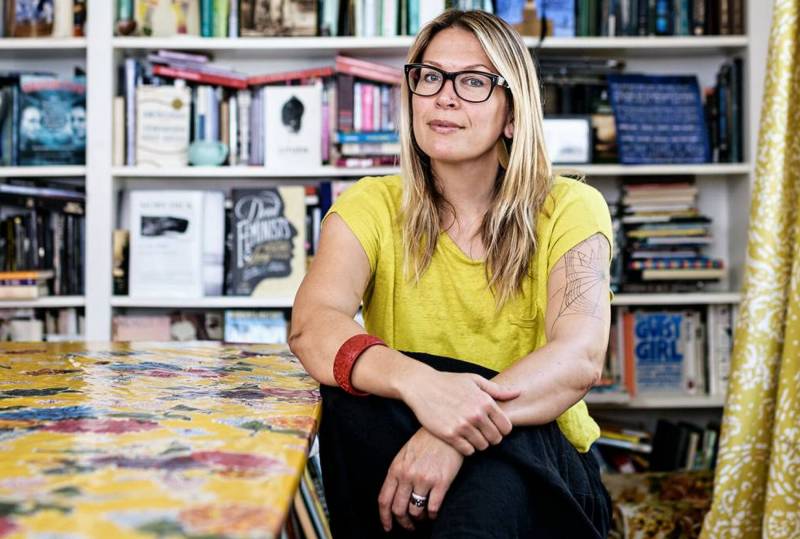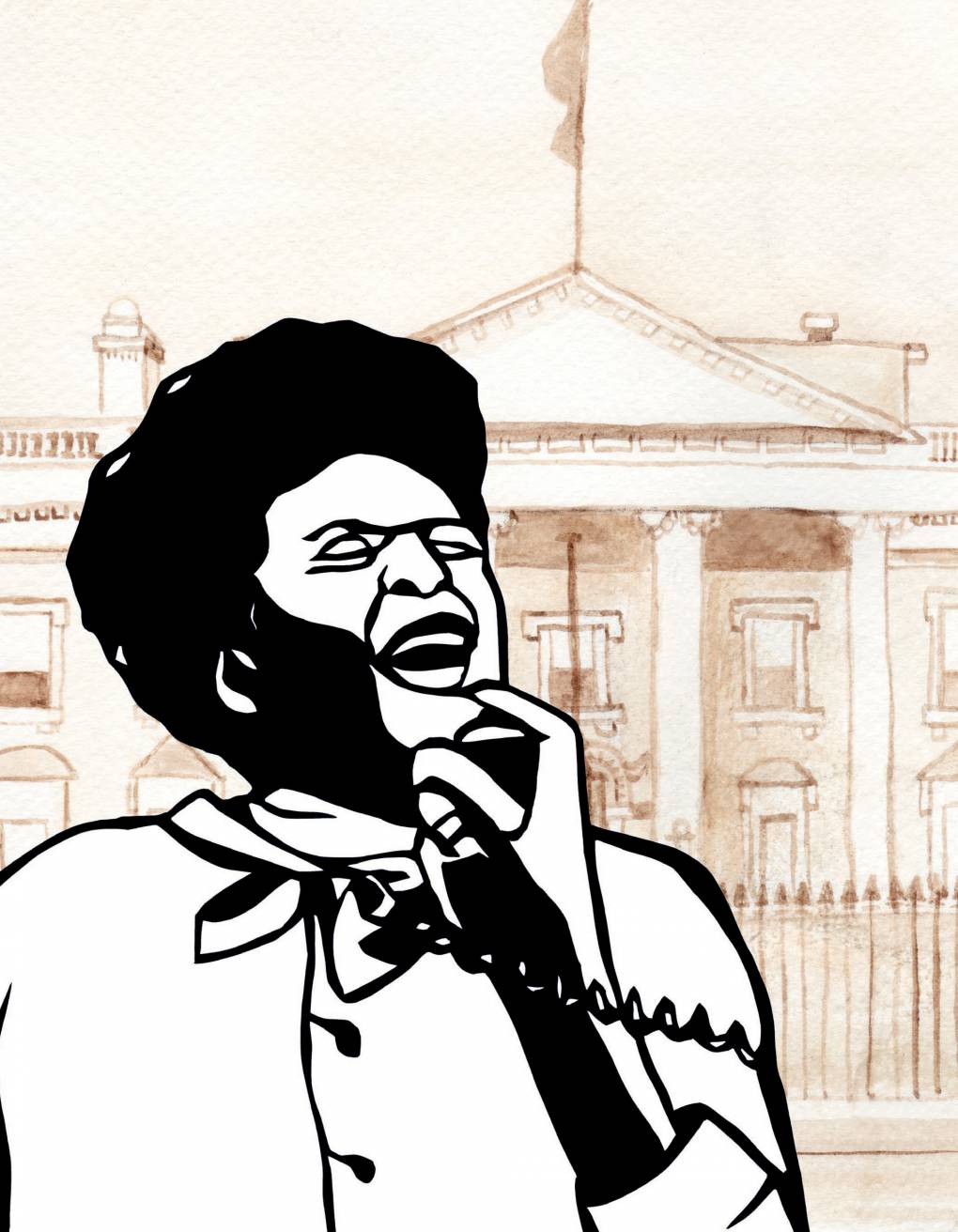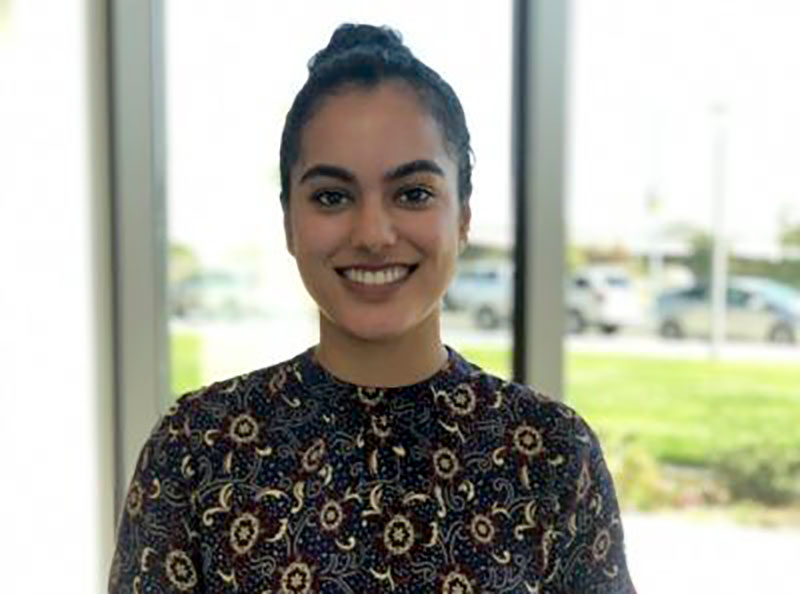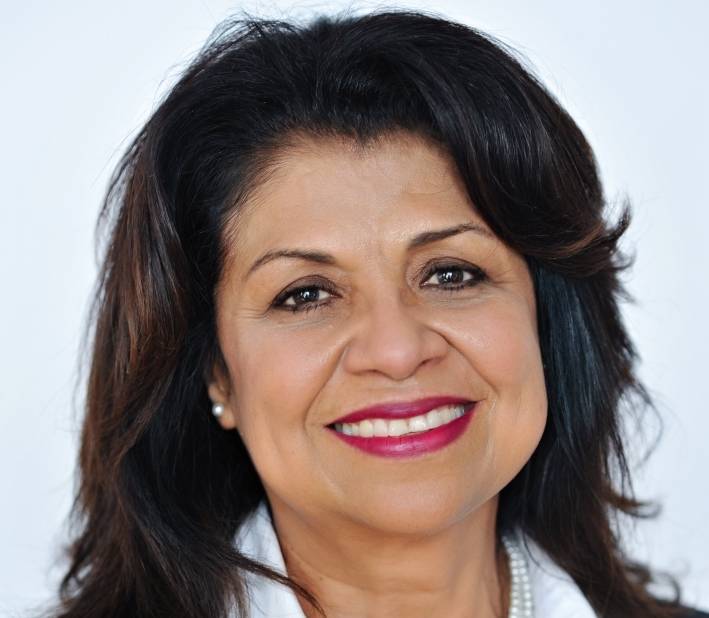The 100th anniversary of the 19th Amendment, which enshrined women’s constitutional right to vote in the United States, is on Aug. 18, 2020. So we’re asking politically engaged women in our community to share their personal voting stories with you. Today: author and activist Kate Schatz.
Kate Schatz said she was in high school when she first became political.
"I was really involved in environmental activism," Schatz said.
It was the mid-1990s, and Schatz campaigned to save thousands of acres of old-growth Redwoods near Eureka, California — in the Headwaters Forest — from being chopped down.
The proud teenage activist was a walking ad for the Green Party in her hometown of San Jose. "My AP [advanced placement] government class held a mock election in 1996," Schatz said. "And I wore my Ralph Nader T-shirt."
She had just turned 18 that September and got to cast her first-ever vote in a real election. Naturally, she went all in for ... Green Party leader Nader.
"I remember wearing my Green Party T-shirt to vote," Schatz said. "And I remember my parents saying, 'I don't think you're supposed to wear the T-shirt when you vote.' And I was like, 'I can wear whatever I want!' "
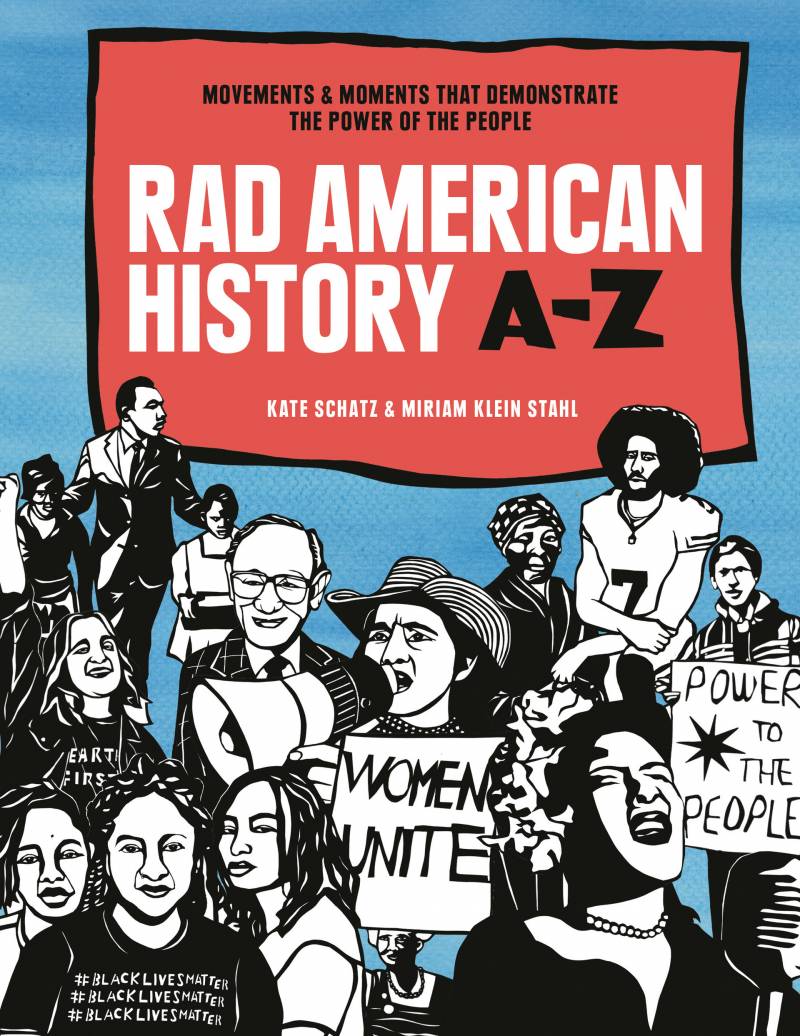
At that point, Schatz had already spent months campaigning on behalf of Nader. "That was the first time that I ever phone-banked or did anything like that," Schatz said. "It threw me into this new world of organizing."
Since then, Schatz has focused her life’s work on getting others — especially women — engaged in the democratic process.
In 2016, she co-founded Solidarity Sundays, an effort to inspire women in the Bay Area and nationally to turn their feelings of hopelessness around world events into positive action.
Locally, their work includes actions like waiting outside naturalization ceremonies at the Paramount Theater in Oakland to immediately register new U.S. citizens as voters. Or registering people while marching in the Fourth of July parade in Schatz's hometown of Alameda.
Schatz has also co-authored, along with illustrator Miriam Klein Stahl, best-selling A-Z books aimed at galvanizing the young. There’s the "Rad Women" series, about powerful figureheads from the past — and, more recently, "Rad American History A-Z," in which each letter of the alphabet captures a historical moment or movement traditionally ignored by school textbooks.
Share your own voting story with KQED — we'd love to potentially feature you, too
Here's an excerpt from the “V is for Voting Rights” chapter:
V is for Voting Rights and the long journey towards suffrage for all.
Voting is one of the key pillars of a democratic society. Despite that, the question of who gets to vote in America has long been a complicated one.
The Constitution leaves it up to the states to decide, and the laws have changed over the years. More than half of the original 13 states allowed free Black men to vote. In Pennsylvania, Black men could vote until 1838, when the state amended its constitution to allow only white free men to vote.
Women and black men could vote in the state of New Jersey until 1807, when the state legislature changed the law.
But by 1820 or so, most states had narrowed their restrictions on who gets to vote, ensuring that those who got to participate in democracy were white, land owning men who paid taxes.
In the two centuries since then, women, poor white people, African-Americans, Native Americans, Latinos, Asian-Americans and many immigrants have fought for the full enfranchisement of all people.
They've marched, chanted, testified and organized. They've held rallies, conventions, sit-ins and workshops. They've been beaten and harassed, arrested and imprisoned. And some have even lost their lives. Many never gave up. Even in the face of violence.
